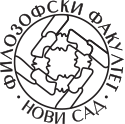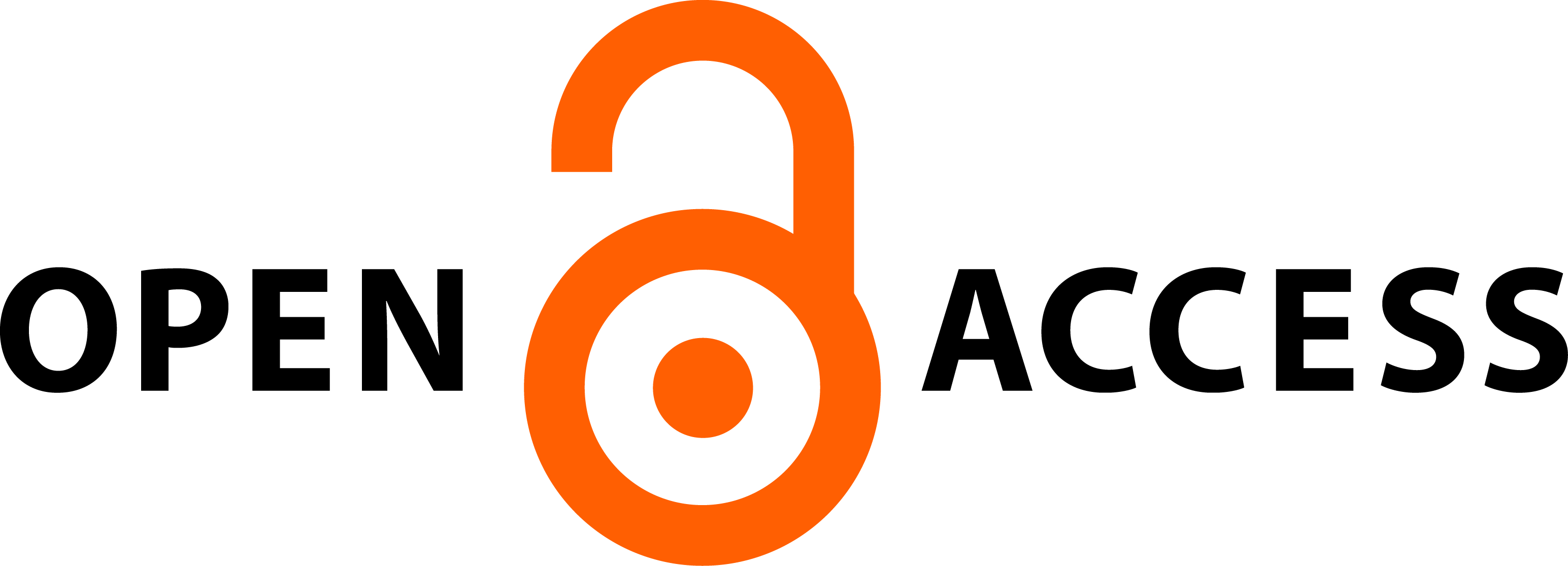A KÖZVETETT BESZÉDAKTUSOK
Absztrakt
A mindennapi kommunikációban gyakran hangzanak el olyan megnyilatkozások, amelyeket nem szó szerint kell értenie a hallgatónak, mert a beszélő szándékolt jelentése eltér a megnyilatkozás alapjául szolgáló mondat jelentésétől. A közvetett beszédaktusok klasszikus elméletét John Searle dolgozta ki. Searle elmélete szerint a közvetett beszédaktusok kimondásakor a beszélő úgy értheti a mondatot, ahogy mondja, de közben mást is ért rajta. A szándékolt jelentés a következtetés bonyolult folyamatával fejthető meg a háttérismeretek figyelembevételével. Paul Grice az inferenciaelmélet keretében mutatja a közvetett beszédaktusokat. A beszélő szándékának felismerését ő is fontosnak tartja, és a jelenség magyarázatához két fogalmat vezet be, az implikatúra és az együttműködési elv fogalmát. A két elméletalkotó nézetei között lényeges különbségek vannak. A relevanciaelmélet nem húz éles határt a szó szerinti és a nem szó szerinti jelentés között. Grice elméletére építve Sperber és Wilson kétféle szándékot különböztet meg, az informatív és a kommunikatív szándékot. Feltevésük, hogy az értelmezés során a kóddal kapcsolatos elemzés kiegészül a teljes interpretációt lehetővé tevő következtetési folyamatokkal. De ezek a folyamatok nemcsak a nyelvre jellemzőek. A nem szó szerinti jelentés az alapja a metaforának és az iróniának, és a fikció is kapcsolatba hozható a nem szó szerinti jelentéssel.
Hivatkozások
Grice, Herbert Paul. 1957. Meaning. The philosophical Review. 66. 377–388.
Grice, Herbert Paul. 1988. A társalgás logikája. In Nyelv, kommunikáció, cselekvés I., szerk. Pléh Csaba–Síklaki István–Terestyéni Tamás. 233–250. Budapest: Tankönyvkiadó.
Jagodics Balázs–Janacsek Karolina–Németh Dezső. 2013. Az indirekt beszédaktusok feldolgozásának reakció-méréses vizsgálata. http://www.researchgate.net/publication/270531854_Az_indirekt_beszdaktusok_feldolgozsnak_reakciid-mrses_vizsglata (2015. jún. 13.)
Pinker, Steven–Nowak, Martin A.–Lee, J. J. 2008. The logic of indirekt speech. PNAS, 105 (3) 833–838.
Reboult, Anne–Moeschler, Jacques. 2000. A társalgás cselei. Bevezetés a pragmatikába. Budapest: Osiris Kiadó.
Searle, John Rogers. 1988. In Nyelv, kommunikáció, cselekvés I., szerk. Pléh Csaba–Síklaki István–Terestyéni Tamás. 53–76. Budapest: Tankönyvkiadó.
Szili Katalin. 2004. Tetté vált szavak: A beszédaktusok elmélete és gyakorlata. Budapest: Tinta Könyvkiadó.
Zvolenszky Zsófia. 2006. Grice metaforaelméletének védelmében. Ki mondta, hogy az élet nem habos torta? Világosság, 8–9–10. 9–19. http://www.vilagossag.hu/pdf/20070507213140.pdf (2015. jún. 13.)








